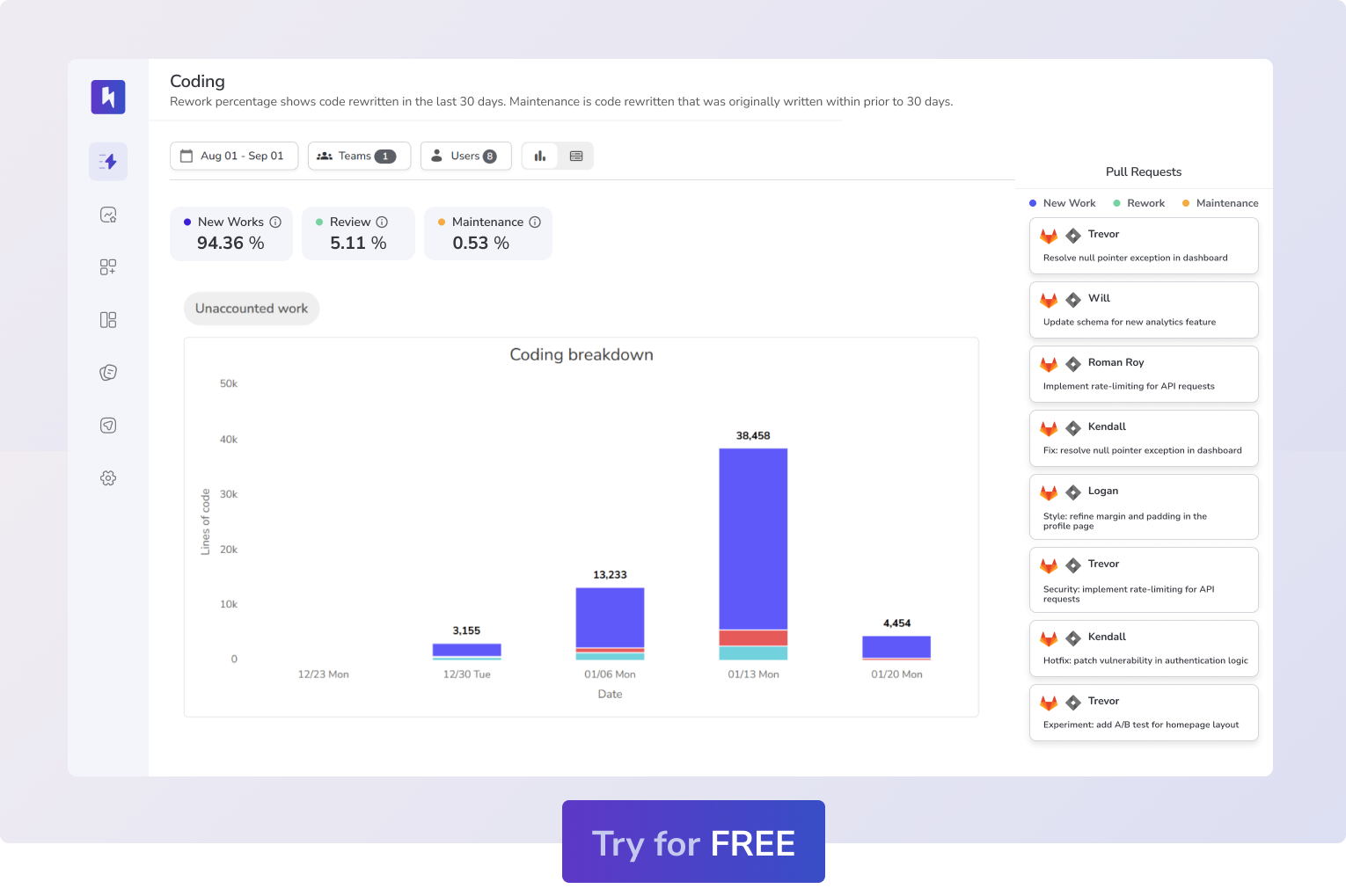What exactly is Git Bash?
Let’s start with the basics. Git is the underlying engine for version control, while Git Bash is a tool that lets you interact with that engine using text commands on Windows. With more details Git Bash is a command-line interface (CLI) that provides a Unix-like shell for Windows users. Think of it as the Swiss Army knife for Git operations. It combines the power of Git with bash commands, enabling you to navigate your repositories, execute complex workflows, and automate tasks without leaving the terminal. For developers who thrive in Linux-like environments or love the command line’s raw power, Git Bash feels like home. For everyone else? It’s often treated like the weird cousin who talks too much at family gatherings.
What is Git Bash Capable Of?
Git Bash doesn’t just run Git commands—it lets you wield the full power of Unix utilities. Want to pipe, grep, or awk your way through a log file? Easy. Need to chain commands to pull the latest code, clean up branches, and deploy? Done. Git Bash is like that one friend who knows a guy for everything. It integrates seamlessly with SSH, lets you customize your environment, and supports scripting for automation. If Git Bash were a superhero, its tagline would be: “More than just Git—because your workflow deserves better.”
Why Do Developers Tend to Ignore Git Bash?
Despite its superpowers, Git Bash often gets sidelined. Why? Well, IDEs like VS Code and IntelliJ have spoiled us with shiny, clicky buttons and friendly GUIs. They let you stage files, resolve conflicts, and push commits with a few clicks. Who needs to memorize commands when there’s a big blue button that says “Commit”? For many, Git Bash feels intimidating, like learning to drive a stick shift when you’ve only ever driven automatics.
But here’s the catch: those shiny buttons can’t handle complex workflows or edge cases. That’s where Git Bash shines—if only more developers gave it a chance.
Example 1:
Let’s say you’re juggling multiple branches and need to find a commit from two weeks ago. A GUI will make you scroll endlessly through logs, hoping to spot the right one. In Git Bash? A simple git log --since="2 weeks ago" --oneline gets you there in seconds.
On the other hand, if you prefer a more visual approach, Hivel provides a streamlined interface that lets you zoom in on exactly the commits you need via your GitHub and GitLab integrations. From workflow you can go to the coding section simply select a team, choose a developer, and pick your timeframe to see all related commits at a glance. From there, a single click takes you straight to the commit in your SCM, saving time and making your workflow smoother and enhancing productivity.

Example 2:
Imagine you’ve got a merge conflict that involves a dozen files. GUIs might offer to "help" with popups and checkboxes, but they often leave you feeling like you’re disarming a bomb without instructions. Git Bash, on the other hand, gives you clear visibility into what’s conflicting and lets you resolve it with precision using git mergetool or manual edits.
And then there’s automation. Need to clean up all branches merged into the main branch? In Git Bash, a one-liner like this saves the day:
git branch --merged main | grep -v "main" | xargs git branch -d
Good luck finding that level of control in a GUI!
These scenarios highlight why Git Bash isn’t just an alternative—it’s a necessity for developers dealing with real-world complexities.
How to Make the Best Use of Git Bash Commands?
First, embrace the command-line mindset—it’s not as scary as it sounds! Start small with the basics: commands like git status, git add, and git commit are your bread and butter. Once you’re comfortable, move on to slightly more advanced commands like git log, git stash, or git rebase. The key is to gradually build your confidence. Don’t forget to customize your .bashrc file—it’s like setting up your personal developer toolkit. Add aliases for repetitive tasks or tweak your prompt to display the current branch. Before you know it, the command line will feel like second nature.
As you get more comfortable with Git Bash, start exploring some of its more advanced commands that can make your workflow much smoother. For example, git log --oneline --graph --decorate gives you a beautiful, visual representation of your commit history, showing how branches diverged and merged. It’s like your repository’s family tree—but without the awkward reunions.
Another powerful command is git stash, which lets you save changes you’re not ready to commit yet. Whether you’re mid-way through an experiment or just need to quickly switch branches, git stash save "message" and git stash pop can be lifesavers.
git stash save "WIP: fixing bug in feature branch"
git stash pop
Need to clean up your repository? Use git reflog to view every action you’ve performed, even the ones you thought were lost. It’s perfect for recovering a commit you accidentally detached from. Combine that with git cherry-pick <commit-hash> to pull in specific changes from another branch without merging everything.
Use reflog to find commits you thought were gone:
git reflog
Restore a detached commit with:
git cherry-pick <commit-hash>
These commands might take a little practice, but once you master them, you’ll feel like you’ve unlocked secret levels in your Git Bash game.
How To Use Aliases and Shortcuts in Git Bash?
Here’s the fun part: creating your own aliases. Git has so many commands that it’s easy to forget a few or get tired of typing them all out. Why type git checkout when you can just type gco? Why not make your life a little easier? Setting up custom aliases is like giving yourself a gift that keeps on giving. Think of it as a shortcut to happiness (and less typing).
Here are a few of my favorites that I use every day:
alias gs='git status' # Check the status of your repo
alias ga='git add' # Stage changes for commit
alias gc='git commit -m' # Commit with a message
alias gpl='git pull # Commit with a message
alias gco='git checkout' # Switch branches without the full command
alias gp='git push' # Push your changes
alias gpo='git push origin' # Push changes to origin directly
alias gl='git log --oneline --graph --decorate' # View commit history in a compact graph form
alias gb='git branch' # List all branches
alias gcd='git checkout develop' # Quickly switch to the 'develop' branch
alias gcm='git checkout main' # Quickly switch to the 'main' branch
We’ve all been there—typing out long Git commands over and over can be exhausting. Aliases save time, reduce errors, and make your Git workflow smoother. Instead of typing git status, use gs. Want to switch to main? Just type gcm. These shortcuts boost productivity, especially when you’re deep in coding.
It’s like turning a tedious task into something fun—a cheat code for Git! Once you set them up, you’ll wonder why you didn’t do it sooner. Plus, fewer letters mean more speed!
Conclusion
Git Bash isn’t just a tool—it’s a gateway to mastering Git at its core. While IDEs and GUIs are convenient for casual use, Git Bash offers a depth, precision, and flexibility that’s hard to match. Sure, it might seem intimidating at first, but once you embrace its power, it quickly becomes your best friend in managing Git workflows—especially when things get complex.
From recovering lost commits with git reflog to applying specific changes with git cherry-pick, the possibilities are endless. And let’s not forget the joy of customizing your workflow with aliases and shortcuts—simple yet powerful ways to make Git faster and more enjoyable. With Git Bash, you’re not just typing commands; you’re mastering your Git workflow, like a true pro.
So, if you’ve been avoiding Git Bash, consider this your sign to dive in. Who knows? One day, your coworkers might just ask, “What wizardry is this?” Because with Git Bash, you’re not just coding—you’re commanding.
FAQs
- What is the difference between GitHub and Git Bash?
GitHub is a web-based platform geared towards hosting and collaborating on Git repositories, with built-in features for version control and project management. Meanwhile, Git Bash is a command-line tool for Windows, offering a Unix-like bash shell that lets you interact with your local Git repositories more directly.
- Do I need to install Git Bash?
Absolutely—especially if you’re on Windows and want the power of a Unix-like command line. Installing Git Bash gives you a consistent, efficient way to run Git commands without relying on IDE shortcuts. Mac users typically have a Unix-based terminal built in, so Git is often already at your fingertips. Still, if you prefer a unified setup across different systems or just like the Git Bash feel, you can install it on macOS too.
- How do I Install Git Bash?
Windows: To install Git Bash on Windows, download the latest version of Git for Windows from here.
macOS: macOS comes with a pre-installed Terminal application that provides a Unix-like command-line interface. Just install Git using Homebrew.
Linux: Most Linux distributions come with Git pre-installed. If Git is not installed, use the package manager specific to your distribution.














